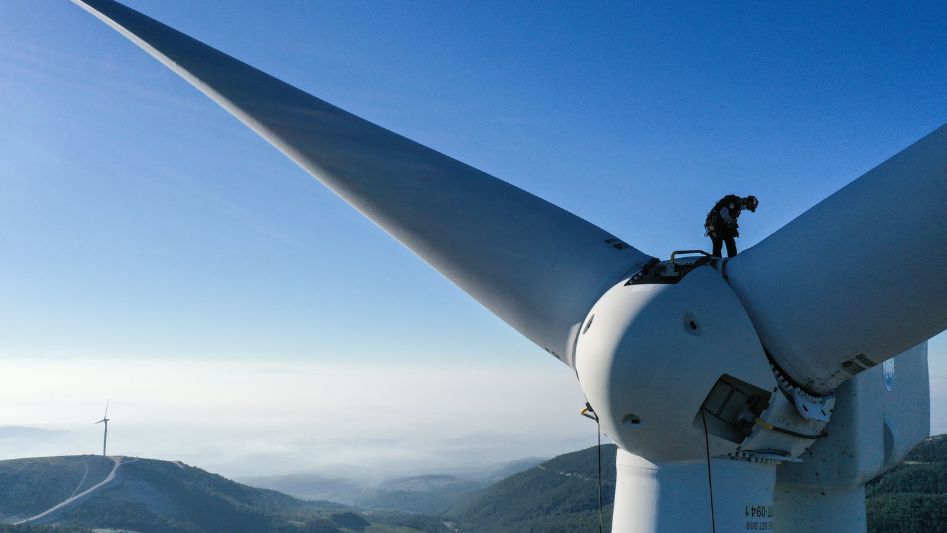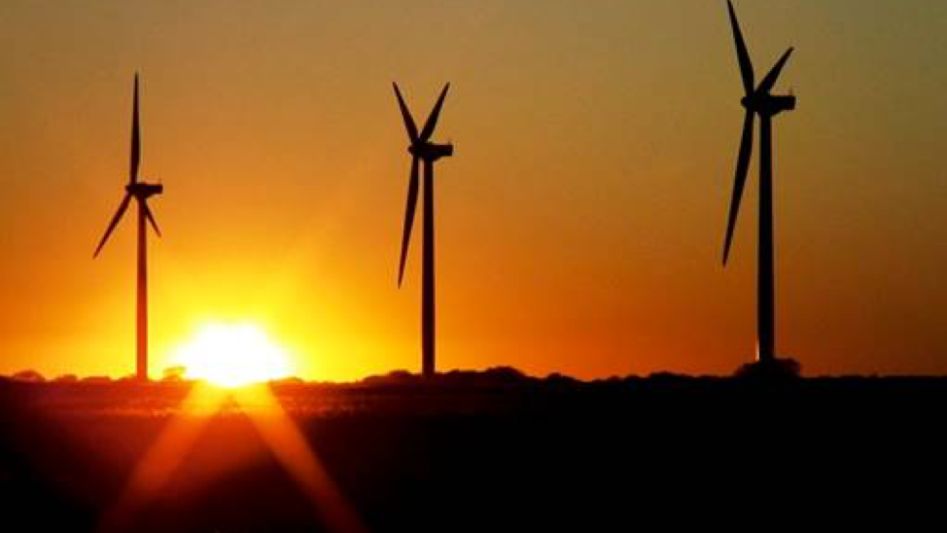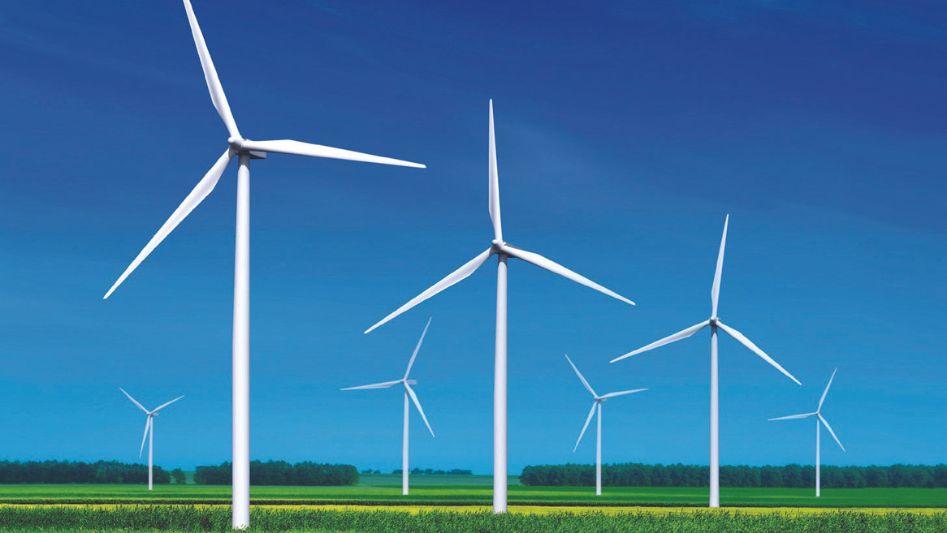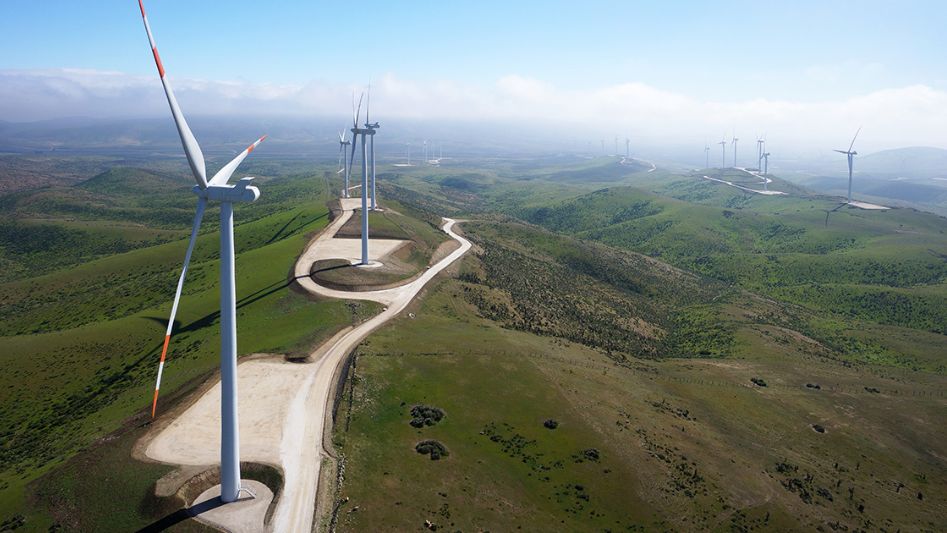Discover how wind power and forest restoration can team up for sustainable energy. Explore the benefits of this eco-friendly combination in our article.
Table Of Content
Introduction
Sustainable energy and reforestation are two key elements of the global effort to mitigate climate change and promote environmental sustainability. Wind power and forest restoration are two solutions that are increasingly being recognized for their potential to contribute to these goals. Wind power is a renewable energy source that harnesses the power of wind to generate electricity. Forest restoration, on the other hand, involves the planting and restoration of forests that have been degraded or destroyed. In this article, we will explore how wind power and forest restoration can be combined to achieve a more sustainable and environmentally friendly future.
We invite you to read: “New Wind Power Tech Added 1,050 MW for New Mexico”
Wind Power: A Sustainable Energy Source
Wind power is one of the fastest-growing renewable energy sources in the world. Wind turbines convert the kinetic energy of wind into electricity, which can be used to power homes, businesses, and even entire communities. There are many advantages to wind power, including its cost-effectiveness, reliability, and low environmental impact. Unlike fossil fuels, wind power does not produce greenhouse gas emissions, air pollution, or toxic waste.
In addition to its economic and social benefits, wind power also has significant environmental advantages. Wind power does not require water for cooling, which is a major advantage in water-scarce areas. Wind turbines do not produce air pollution or toxic waste, and their carbon footprint is much lower than that of fossil fuels. Moreover, wind power can contribute to the protection of biodiversity and ecosystem services by reducing habitat fragmentation, preventing land degradation, and minimizing the impact of human activities on wildlife.
Forest Restoration: A Solution for Climate Change
Forests play a critical role in the global carbon cycle and are key to mitigating climate change. Forests absorb and store large amounts of carbon dioxide from the atmosphere, helping to reduce greenhouse gas emissions and regulate the Earth’s climate. However, deforestation and forest degradation are major contributors to global warming, accounting for around 10% of global greenhouse gas emissions. Reforestation and forest restoration are effective ways to sequester carbon and mitigate the impacts of climate change.
Reforestation can bring numerous benefits, including soil conservation, water retention, and biodiversity conservation. By planting trees, we can create new habitats for wildlife, restore degraded ecosystems, and provide sustainable livelihoods for local communities. Reforestation can also help to mitigate the impacts of natural disasters, such as floods and landslides, by reducing soil erosion and increasing water infiltration.
Wind Power and Forest Restoration
Wind power and forest restoration may seem like an unlikely combination, but they actually have a strong connection. Wind power is a form of renewable energy that uses wind turbines to generate electricity, while forest restoration involves the process of planting and regrowing trees in areas where forests have been depleted or destroyed.
One way that wind power and forest restoration are connected is through the use of land. Wind turbines are often placed on large plots of land, which can create challenges for farmers and other landowners. However, when wind turbines are placed on land that is being restored or reforested, it can provide a dual benefit of generating clean energy while also helping to restore the local ecosystem.
We invite you to read: “How Wind Energy Can Contribute to a Zero-Carbon Future”
Challenges and Opportunities
While the combination of wind power and forest restoration offers many potential benefits, there are also several challenges that must be overcome to implement these projects successfully. One significant challenge is the cost of building and maintaining wind turbines, which can be prohibitive for many communities and organizations. Additionally, it can be difficult to find suitable sites for wind turbines that also have the potential for successful reforestation.
Another challenge is ensuring that wind power and forest restoration projects are sustainable in the long term. This requires careful planning and management to ensure that the ecosystem is not negatively impacted by the construction and operation of wind turbines. It also requires ongoing monitoring to ensure that reforestation efforts are successful and that the forest is able to thrive.
Conclusion
The combination of wind power and forest restoration presents a unique opportunity for sustainable energy and environmental conservation. By using wind turbines on land that is being restored or reforested, we can create a dual benefit of generating clean energy while also helping to restore the local ecosystem. While there are challenges to implementing these projects, there are also many opportunities for collaboration and innovation.
We invite you to read: “Permanent Magnet DC Generator as a Wind Power Generator”
FAQ
What are the benefits of using wind power for forest restoration?
Using wind power for forest restoration can provide several benefits, including generating clean energy, helping to mitigate the impacts of climate change, and creating economic opportunities for local communities.
What are the challenges of implementing wind power and forest restoration projects?
Challenges in implementing wind power and forest restoration projects include the cost of building and maintaining wind turbines, finding suitable sites for wind turbines that also have the potential for successful reforestation, and ensuring that the projects are sustainable in the long term.
What are the opportunities for collaboration and innovation in wind power and forest restoration?
There are many opportunities for collaboration and innovation in wind power and forest restoration, including developing new technologies and approaches that can help reduce costs and improve the sustainability of these projects.
You May Also Like
- Blowing in the Right Direction: The Rise of Wind Energy for IOT Applications
- Why Wind Energy is an Essential Part of the Renewable Energy Mix
- DIY: Wind Energy Set Up and Maintenance
- How To Calculate The Annual Energy Output From A Wind Turbine
- Wind Power at its Best: The Future of Energy Generation with Kite Turbines
External Links
- Restoration of Natural Forests After Severe Wind Disturbance in a Cold, Snowy Region With a Deer Population: Implications From 15 Years of Field Experiments
- Mainstreaming energy and climate policies into nature conservation
- WIND POWER AND PEATLAND: ENHANCING UNIQUE HABITATS
- Wind power
- The influence of large-scale wind power on global climate




